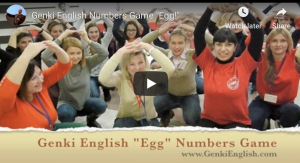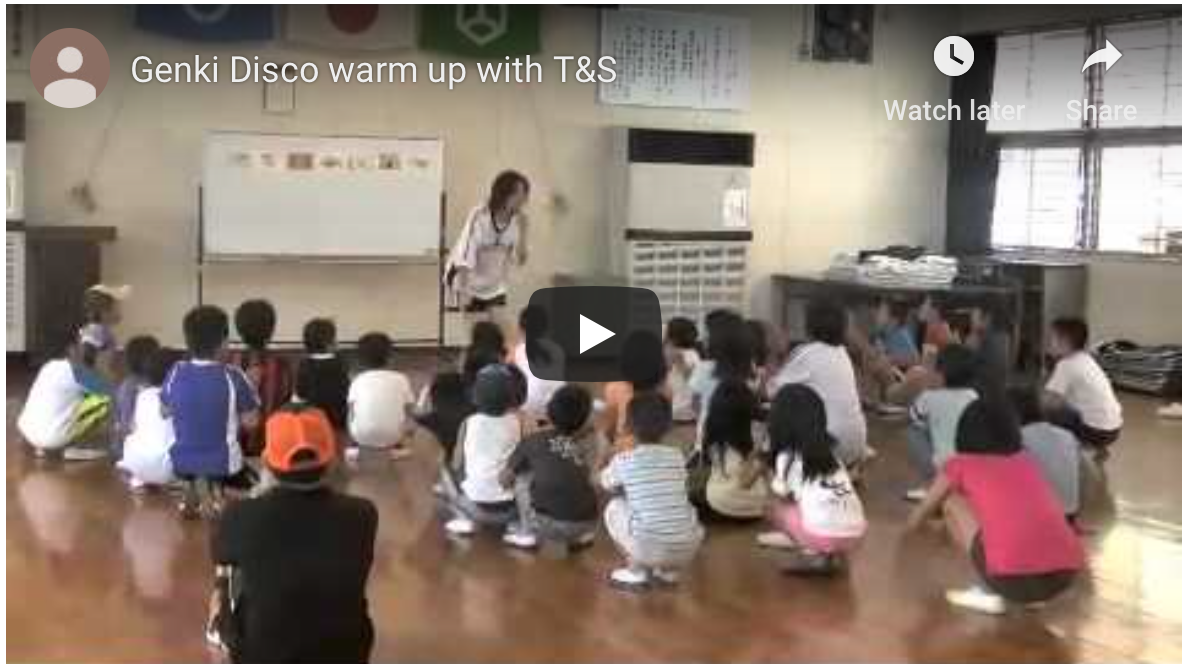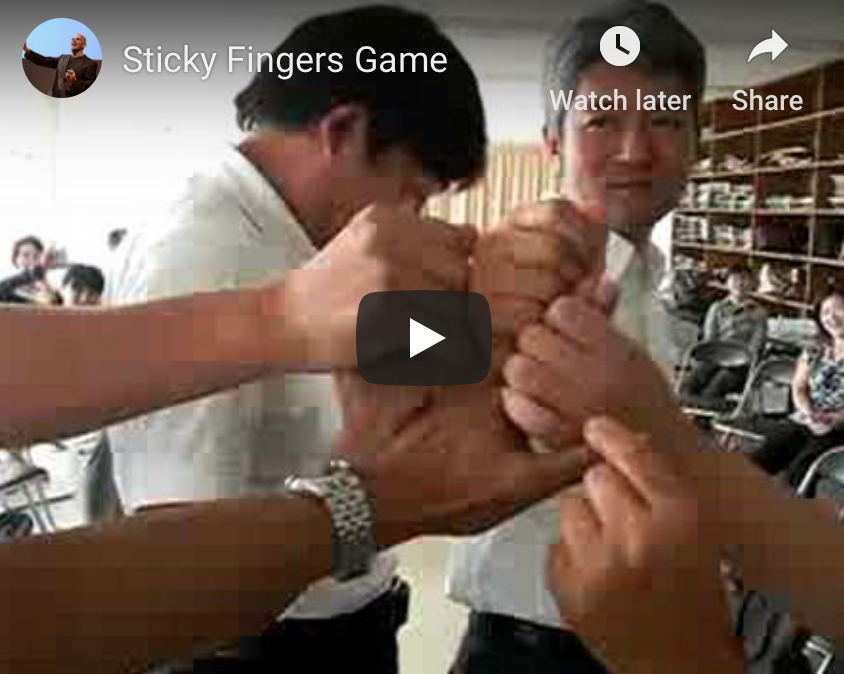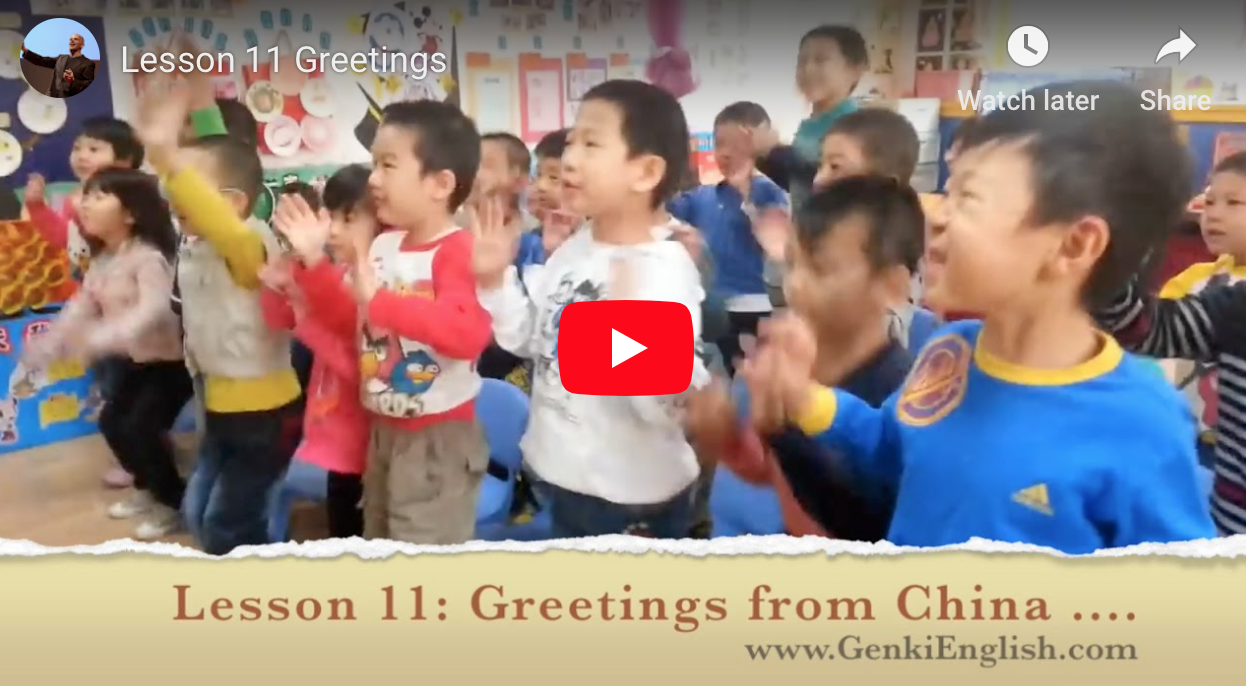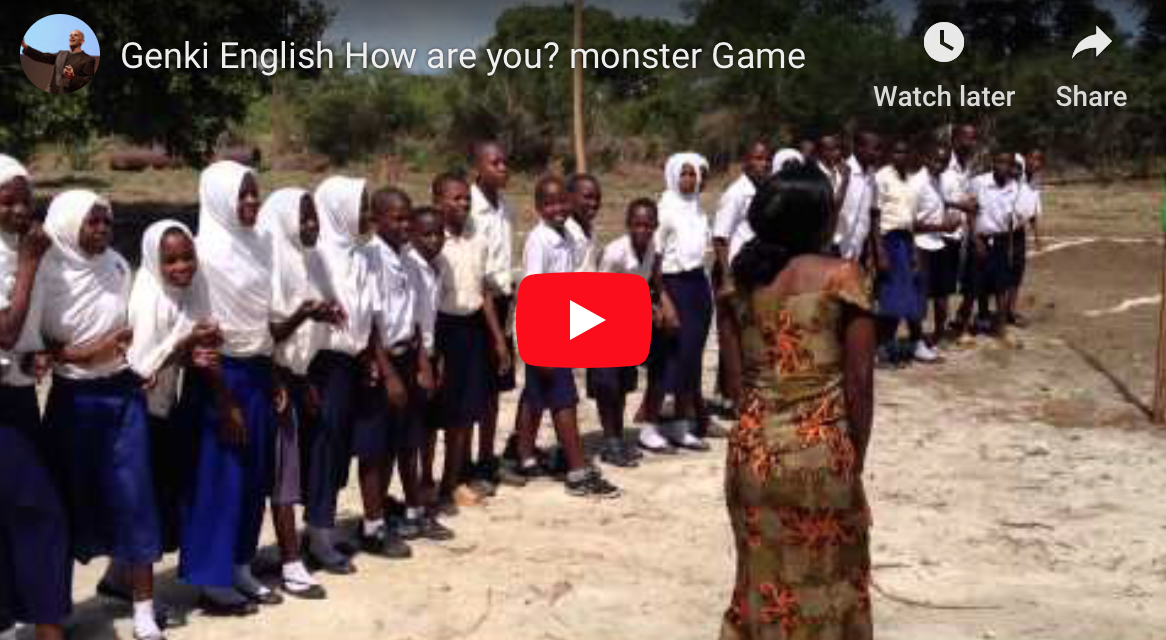How to teach English EFL Teacher Training: Online Video Workshops
Welcome, welcome!!
You’re going to *love* teaching Genki English!
To get you up and running here is your extra special video training.
Grab a coffee, grab a notebook, we’ll start with the “behind the scenes” and then you’ll get to see it in action with real students.
Just two quick things to watch out for:
- “But in my ……” try not to focus on “Ah but that won’t work in my town/country/village….” or “Ah, but that won’t work for my small/big/tiny/one-on-one/500 person class,,,” or “Ah, but that won’t work for my 2/20/200 year olds” Instead reframe everything into “Cool, this is how this works for quite a few thousand teachers in just about every country, teaching just about every age group, so what can I learn for my class?”
- And “I already know that” let’s keep a beginner’s mind and even if you think you’ve tried songs/games/stories/slime in class before, give it try just as I show here and I think you’ll be pleasantly surprised 🙂
Genki English teachers have taught thousands of kids and adults in many different countries all over the world, so let’s learn how to do it in the videos below!
Be genki,
Richard
First of all how to use your Teacher’s Set Software
As you can see this is going to save you so much time and make the lessons so much fun! 🙂
And then where to find all the bonus VIP flashcards/minicards etc. ….
Note: Since making the video the lessons plans have all now moved into the VIP section menu at the top of the site!

- Or the direct link to the lesson plans pages is here,
- The Genki Phonics materials are here
- and on this page you have all the games, discipline ebooks and workbooks!
And a quick overview of the theory and ideas behind Genki English ….
Then let’s see it in practice ….
Lesson Planning: Warming Up (Part 1 of 6)
Start each lesson off with: Warm Up
- Gets the kids genki. Says “This is fun.” “This is something different”.
- Get the kids to respond quickly to your actions so you can control things if they get too genki.
- Add in extra words each week. ( e.g. sports, musical instruments, “zip it”)
- If you have less than one lesson per week get the kids to repeat what you say
Then into a review of the previous lesson e.g. the “What’s your name?” song. ( See also this article on reviewing.)
- Review, review and review like crazy.
- It’s not “what you’ve done in class”, it’s “what the kids can actually do”If you can’t see Youtube videos on your school computer, there’s also a low-resolution version available.
Lesson Planning: Warming Up (Part 2 of 6)
- Eye contact!
- The first rule of Genki English: Confidence is the key, if you think you can, you can!
- Get the kids doing activities amongst themselves as soon as possible.
Then if you have time, do the Lines Quiz.
- Solves the “Hello, what’s your name?” “Eh…?” ( + blank look ) problem
- Gets the kids used to answering questions straight away.
- Good for getting kids used to “How are you?” vs. “How old are you?“
Lesson Planning: Warming Up (Part 3 of 6)
- The second rule of Genki English: Losing Doesn’t mean losing, it just means “try again”
Lesson Planning: New Material (Part 4 of 6)
- Teach Song then games to practise the target language
- Go straight to using a song without any drilling of language. Saves a lot of time.
- Always include actions, cute pictures, melody, as many senses as possible to maximise chances of remembering each word.
- Teach what students want to be able to say, not what you want to teach.
- Keep the happy, funky, cool stuff for the end. End on a high note.
- Teach one question + around 8 answers per lesson.
- If 8 is too much, split it in two and do a mini game in between, like we did with the “I like everything game“
- A game for a game’s sake is no good. Every game is there to practise the English in a fun way.
- Be as genki as you can when teaching the song, then get the kids doing the game as quickly as possible so you can get on with preparing the next stuff.
Lesson Planning: New Material (Part 5 of 6)
- Include the previous lessons’ English in the current game. No lesson is in isolation.
- Use a stopwatch to add excitement.
- Ask the kids if they can make the time limits or not. If they think they can, they can!
- Finish off with a happy ending.
Lesson Planning: Another example “How old are you?” (Part 6 of 6)
- How old are you? with Mingle for lower grades.
- The kids ask “How old are you?” and you answer with the age. They get in to groups of that number.
- Say “I’m sorry?” several times so they ask again louder.
- Losing doesn’t mean losing, it means “try again!”
& Now a class with kids …
There are more details on this lesson here.
Or with a complete beginners class…
- This video is the first part of lesson 2 of the curriculum.
- If you’re feeling hung up on the amount of native language I’m using here, no worries, check out this page on the Translation of Terror and Misunderstanding of Doom 🙂
- And also remember I’ve taught this lesson to thousands and thousands of kids, so don’t expect it to be so smooth on your first go. Just smile, go in there expecting lots of fun and you’ll have a great time!
There you go!
And throughout the site and lesson plans you’re going to see many more videos of teachers from around the world doing the different activites, songs and games.
So read up on lesson 1, teach it, then come back for lesson 2 🙂
And of course all the materials, software, songs, access to the flashcards to teach these lessons are now in the full downloadable Teacher’s Set.
Be genki,
Richard

